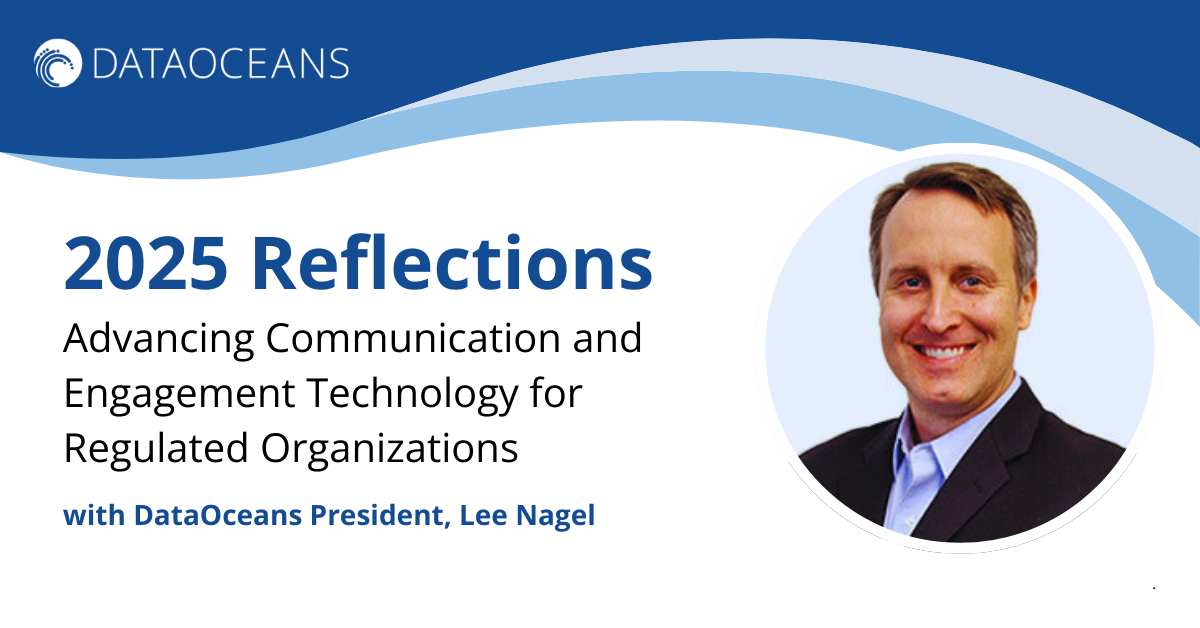Recently we’ve had some good news about the arrival of multiple vaccines to combat Covid-19. The estimated success rates and speed of development are certainly welcomed by all of us who have watched the steady uptick in cases in the US since March. This article gives an estimated timeframe for rollout of the vaccine to the US population. In short, we should see the first vaccines distributed in mid-December, and there is a possibility that as much as half of the country’s population could receive the vaccine by April 2021.
Healthcare providers and payers have worked hard to communicate to patients, plan members and the general public about the virus. These vaccines are finally an opportunity to share some good news. Unfortunately, we can expect that both providers and payers will still face challenges when communicating about the vaccine rollout.
None of this is simple. Early in the pandemic, we experienced a tsunami of communications about the virus. Articles like this one offered good advice to healthcare organizations about communicating to the general public – make it clear and credible, and communicate across multiple channels like social media, emails, podcasts, phone systems, etc.
But over time that advocacy has slowed. A quick survey of major health plans reveals that many of them are no longer featuring Covid information front and center on their websites. Granted, we are in the yearly Open Enrollment period, which is also critical for plan members.
Healthcare providers aren’t necessarily better. My doctor’s office sends me regular messages about Covid. Unfortunately, those messages are all delivered to my member portal, swamping the message area and making it easy to miss actual doctor’s reports or test results.
There are two challenges facing organizations trying to get messaging out about the vaccine. One is explaining in clear terms what it is and why it is needed. It was somewhat disheartening to read in this press release about Medicare communications how much overall improvement needs to be made in healthcare communications: “Culture can create a preconception that regulations and compliance matters must be complex. And because they are highly educated, industry employees overestimate the average customer’s sophistication. This is a more pronounced issue when the audience is disadvantaged or, in the case of this study, elderly.” Out of 30 healthcare payers studied, only six met the standard for clear, simple communications to their members. This is despite the fact that accessible communications were mandated by the Plain Writing Act of 2010. It’s likely that the burden of explaining unclear communications falls on phone representatives handling customer calls.
The other issue is, of course, the large amount of misinformation about vaccines, and Covid-19 in particular. The fact that so many citizens are vaccine hesitant or outright Covid deniers is itself an indication of the dire need to improve patient communications. Healthcare organizations will have to cope with the social media swarm from the anti-vax contingent. They will have to notify the public about vaccine availability and qualification for receiving it, and that messaging will need to vary for different populations.
The issue is further complicated because, like some others, there will likely need to be more than one dose of this vaccine, requiring follow up communications to ensure compliance. Are healthcare organizations up to the task? I’m hopeful, but not sure. I recently received two entirely different letters regarding medications from the same healthcare payer which had been sent to two different addresses. While this isn’t surprising, given how data and applications are often siloed, the fact remains that mixed communications like these can create cognitive dissonance that impacts people’s lives and long-term health. And of course, when it comes to member health, standard mail seems a poor way to communicate. This article explains how in the early stages of the pandemic, Boston Children’s Hospital successfully used patient touchpoints in the form of texts, phone calls and emails to update patients and families on changes to hospital protocols. Communications were successful because the hospital focused on targeting specific messages using the appropriate channels, instead of blanketing patients with every update.
This is echoed in an article quoting Kathleen Ellmore of healthcare communications consultancy Engagys: “The movement away from print communications is critical. Leveraging digital channels that can be measured and optimized is the key to effective communications. While other industries have utilized digital outreach and ongoing measurement for decades, health care has lagged. COVID-19 has pushed the industry to make change—fast. This crisis highlights the need to be flexible and adapt.”
The pharmaceutical industry has exceeded all expectations in developing multiple vaccines in such a short timeline. But for them to succeed, it is now the responsibility of insurers, medical and public health personnel to clearly communicate to patients the need for its adoption. There are digital channels to do this successfully. The time to use them is right now.
DataOceans delivers better experiences that increase customer engagement and loyalty with an end to end Customer Communications Management solution that creates, delivers and measures personalized healthcare communications across channels. Learn more.



.png)
.png)